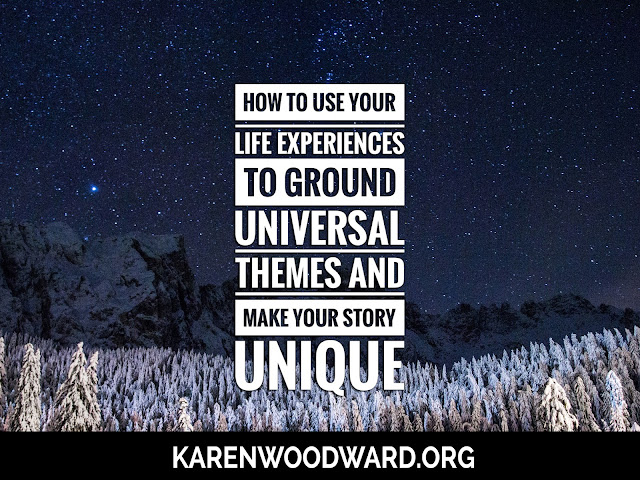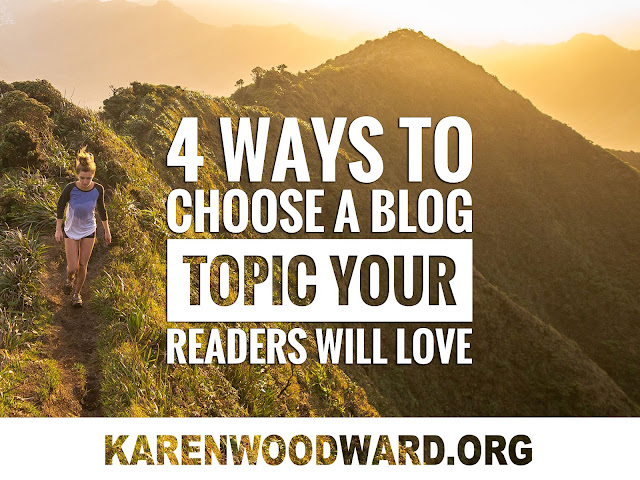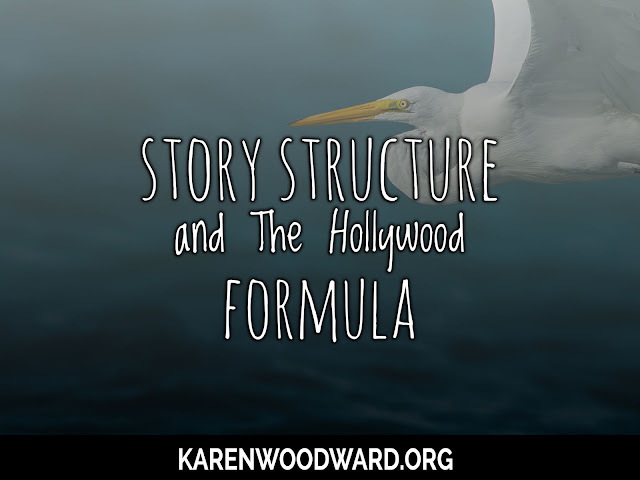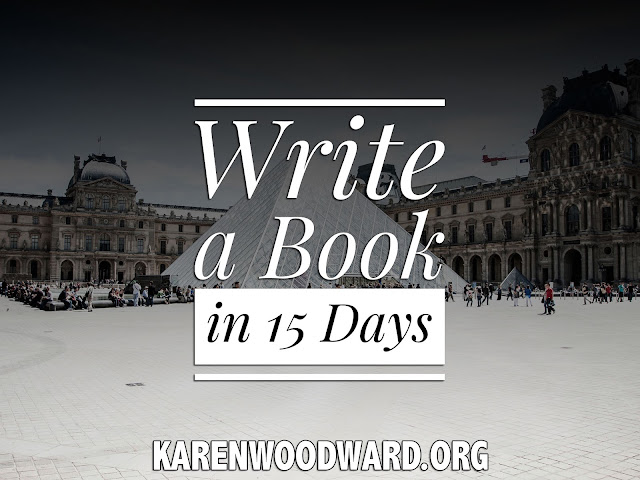I've rewatched Supernatural a few times. For giggles I've drawn up what I'll call a plot outline. This isn't intended to be an outline for each episode, or for any particular episode. The following has been drawn from a number of different episodes and pieced together. Please keep in mind that this is a work-in-progress!
By the way, if you would like to read more about story structure, try my article: Story Structure.
The Structure of an Episode of Supernatural
Trailer
Inciting Incident: Someone dies a gruesome death.
Act One
Banter: The theme of the episode is introduced as the brothers talk to each other. What they talk about is tied into the story arc for that season. As they talk, the brothers learn of the bizarre death that occurred in the trailer. They’re not 100% sure if the death is the work of a monster, but it seems like their kind of thing.
Body. The brothers stand beside the body of the person killed in the trailer. Generally, they are inside a morgue and a medical examiner is with them. They question the medical examiner and make observations of their own.
Interview: Round one. The brothers question those close to the victim as well as anyone who was with the victim near the time of their death. One of the people the brothers talk to suspects Dean and Sam aren’t what they say. The confrontation is more-or-less friendly. The brothers give this person their phone number.
Crime Scene. The brothers go to the crime scene and look around. Perhaps they’ve picked up a clue or three from their questioning so they’re not only looking for clues as to what kind of thing did this, they’re also trying to rule out theories they’ve already come up with.
Interview: Round two. The brothers go back to some of the people they’ve already questioned (they might also speak to someone new). They need to clarify a point, or they require more information, or perhaps they now know a person lied to them.
Twist: In a scene that usually involves the brothers, the central mystery for this episode is revealed. For example, let’s say Charlie is acting all dark-side and the boys aren’t sure why. This is the point at which we find out there are two Charlies, one all brightness and light, the other pain and black clothing.[Supernatural Season 10, Episode 11]
Act Two
More banter. The banter ties the theme of the episode to the story arc for that season and does so more strongly than before. Something has changed, the stakes have been raised or perhaps the danger has become more immediate.
The brothers’ discussion has to do with something personal, something about the conflict they’re going through that season. It is possible that the conflict raised by the story arc for the season will prove to be crucial for the climax of the episode in the sense that if Sam can’t resolve his conflict at the climax of the episode there is no chance he will be able to resolve the much greater conflict at the end of the season.
The brothers find another clue. Because of this clue, they go back and re-question some of the people they’ve already interviewed.
Midpoint. This is generally an information dump or a confrontation leading to a revelation. The brothers emerge with a hypothesis of why what is happening is happening. Research reveals the answers.
The brothers investigate something based on the new information they’ve uncovered.
The boys visit a person who turns out to be a mentor figure (or some kind of archetypal figure). Perhaps this is someone who has investigated the case before them or an expert on local lore. Before the mentor figure gives the boys any information he gives them a test, often a test of knowledge.
The stakes are raised. The boys find the monster (or, what is more likely, the monster finds them), but they aren’t prepared. Either the monster has abilities they aren't prepared for and it gets the upper hand, or what the brothers thought was the Big Bad turns out to be the Big Bad’s helper. In any case, the brothers' situation isn’t just bad, it’s dire.
Act Three
We see the monster attacking one of the people the brothers have interviewed. This will generally be someone sympathetic.
At this point the brothers have figured out the kind of beastie they’re looking for, have figured out its weaknesses, and now all that’s left is to hunt it down. The question: will they arrive in time?
Escalation of stakes: In order to destroy the monster an artifact must be destroyed, something it gets its power from. But, first, they must find it. Or perhaps one of the brothers puts himself in danger to lure the monster out so it can be utterly destroyed.
Theme tie in. One of the brothers warns the other that if he’s going to do this he has to resolve the personal conflict that was discussed at the beginning of acts one and two. Perhaps that conflict is that he has to forgive himself.
The brothers track down the cursed artifact. They summon the monster and prepare for battle.
Act Four
Something distracts one of the brothers from protecting the other. Perhaps the police have responded to a complaint, perhaps it’s another monster, but something requires that one of the others be elsewhere.
The remaining brother is vulnerable to the monster in the same way the other victims were because he hasn’t resolved his personal conflict.
The other brother comes to the rescue in the nick of time and destroys the artifact. For a moment it seems like the monster is gone but a second later we see that the monster is still there. Something is wrong. All hope is lost.
One of the brothers uses something in an unexpected and creative way and the monster dies. For example, Dean holds a mirror up to the ghost conjured by a foolish person chanting “bloody Mary.” The ghost is affected by her own magic and dies, killed by her own curse.
Epilogue
Show that the endangered human is safe. If Sam’s challenge is to forgive himself then have him give this advice to the girl/guy the brothers saved. Have a short discussion between Sam and Dean which ties the events of the episode in with the story arc for that season.
* Blast classic rock music as Dean's 1967 Chevrolet Impala drives off into the sunset. *
Every post I pick something I love and recommend it. This serves two purposes. I want to share what I’ve loved with you, and, if you click the link and buy anything over at Amazon within the next 24 hours, Amazon puts a few cents in my tip jar at no cost to you. So, if you click the link, thank you! If not, that’s okay too. I’m thrilled and honored you’ve visited my blog and read my post.
One of my favorite reference books, a golden oldie, is The Elements of Style, Fourth Edition.
That's it! I hope you got something out of this post. Have you ever tried to do something similar with your favorite TV series? If so, please share!
Have a terrific weekend, I'll talk to you again on Monday. :-)











